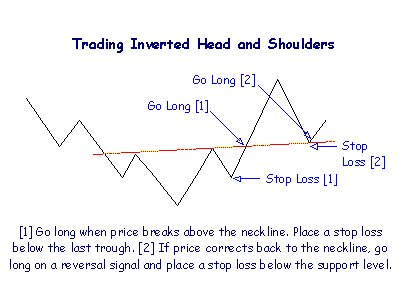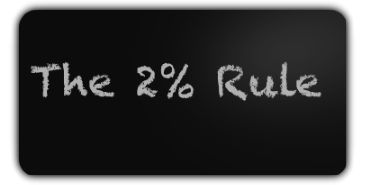Adjusting your Stop Loss Orders using Moving Average
Adjust your stop loss orders, after some time, toward the pattern being traded:- In an up-trend move your stop loss up to underneath or below the Low of the latest trough.
- In a down-trend move your stop loss down to over or above the High of the last top/peak.
Just a break in the pattern/trend (or large correction) will stop you out.
Utilizing Moving Averages
An alternative approach, that may keep you from being shaken out of a pattern too soon, is to utilize a long-term moving average in conjunction with the above. Stan Weinstein (Secrets for Profiting in Bull and Bear Markets) proposes utilizing a 30-week moving average. This is reasonable for speculators following the primary trend, adjust the length of the moving average if trading in a shorter time allotment.
In an up-trend, move your stop loss to below:
- the Low of the latest trough, or
- the moving average, whichever is lower.
In a down-trend, move your stop loss to above:
- the High of the latest top, or
- the moving average, whichever is higher.
Example:
Johnson and Johnson is graphed with a blue 63-day exponential moving average. Stop loss order levels are delineated by yellow horizontal trendlines.
 |
| Adjusting your Stop-Loss Order |
1. Go long [L]. The sign is taken when price regards the moving average. A stop loss order is put at [S1], below the Low of the latest trough or below the moving average, whichever is lower (appeared by the begin of the trend line).
2. At [S2] move the stop loss up to beneath the moving average at the following trough.
3. At [S3] move the stop loss to beneath the Low at the following trough (this is lower than the moving average).
4. At [S4] move the stop loss to beneath the moving average at the following trough.
5. The stop loss order is actuated [X] when the following correction falls underneath the previous trough.
Ranging Market
In a ranging market, adjust your stop loss in view of the cycle in one-time frame shorter than the cycle being exchanged. For example, if trading an intermediate (in a ranging market), move your stop loss orders up or down as per the short cycle.


















